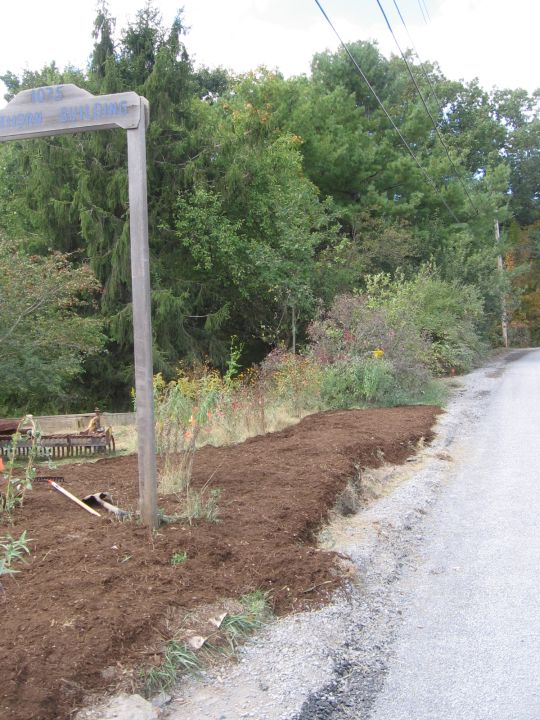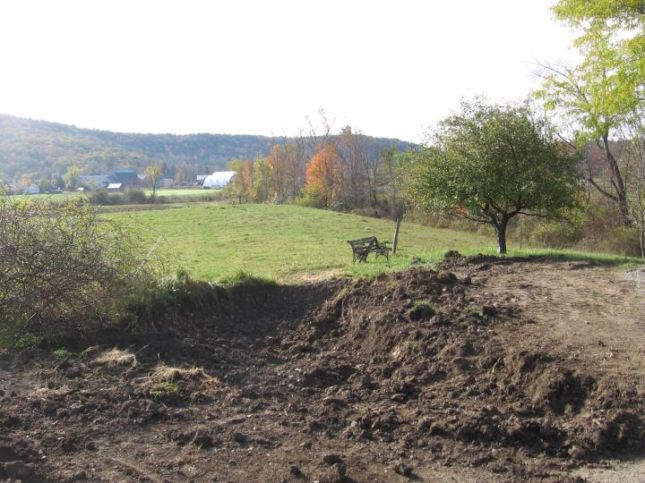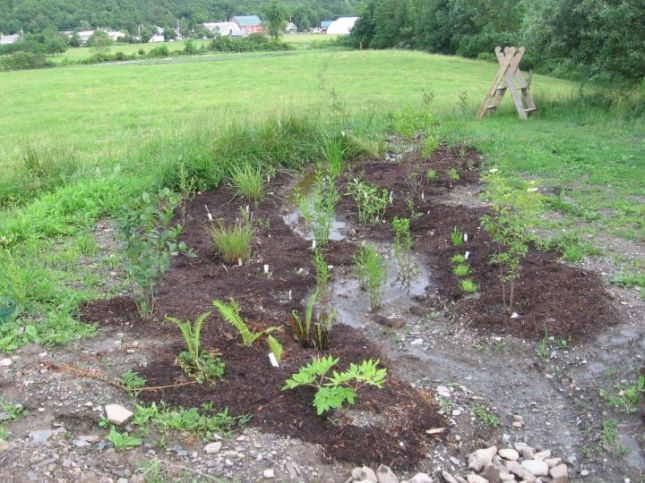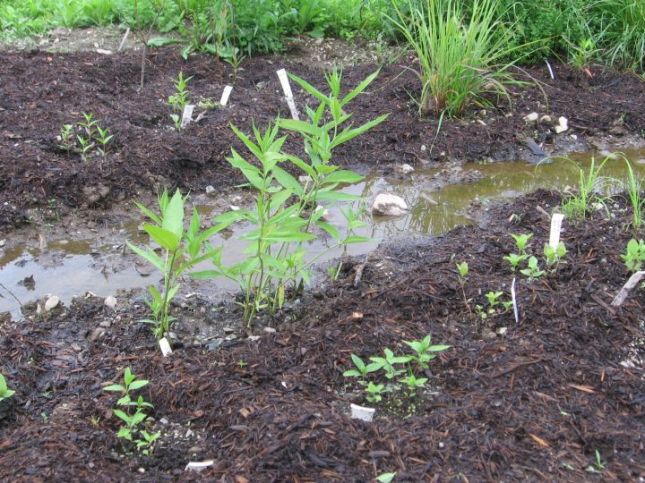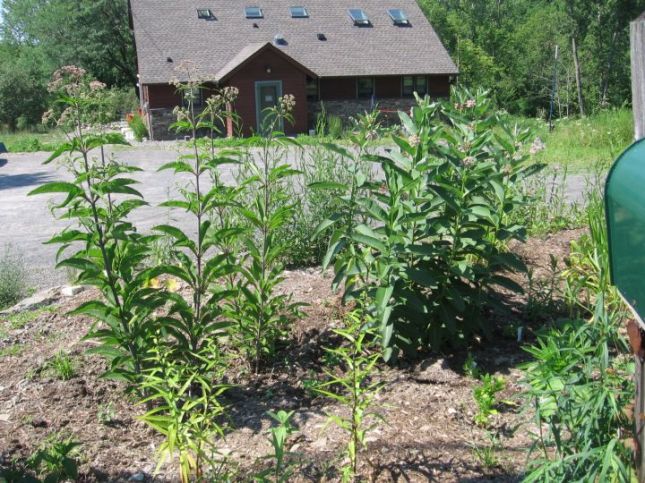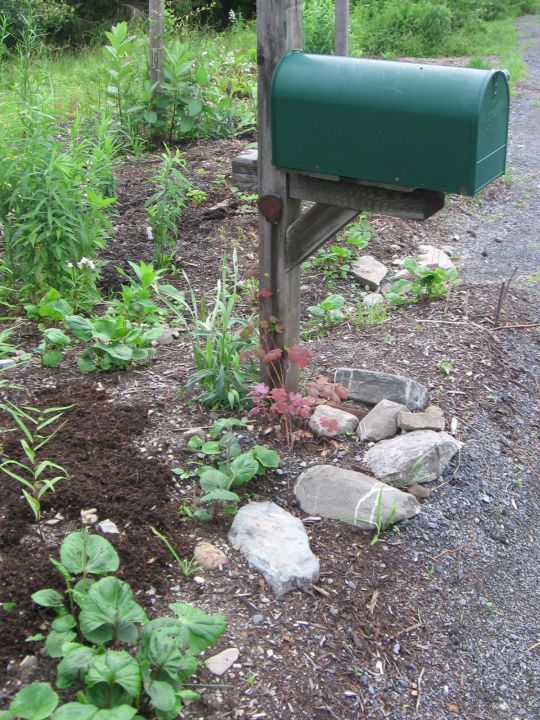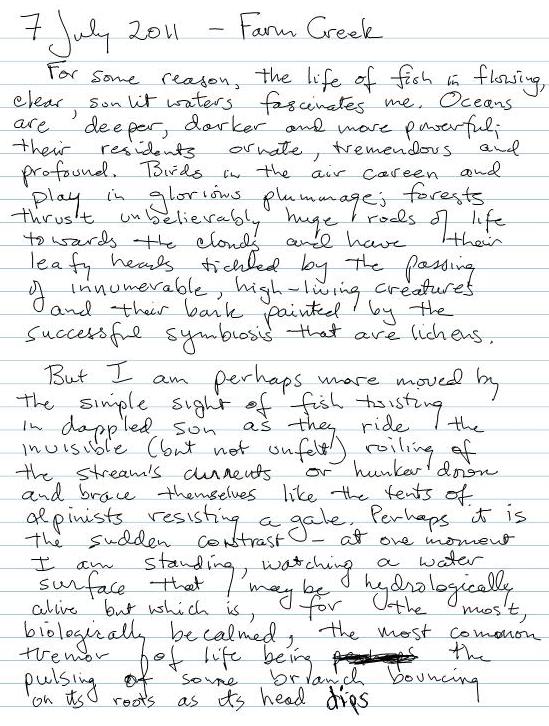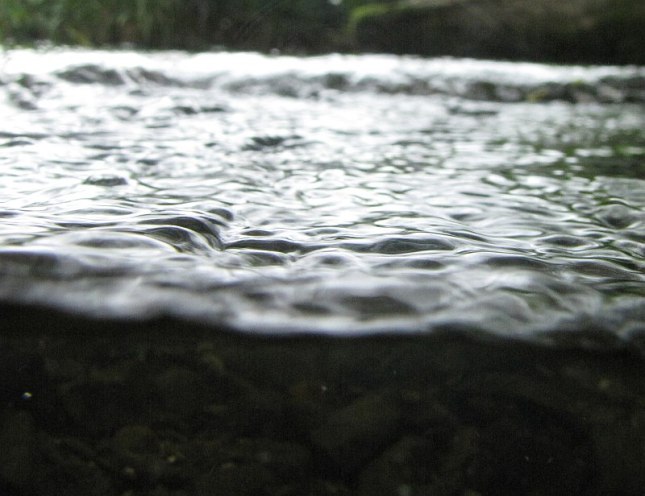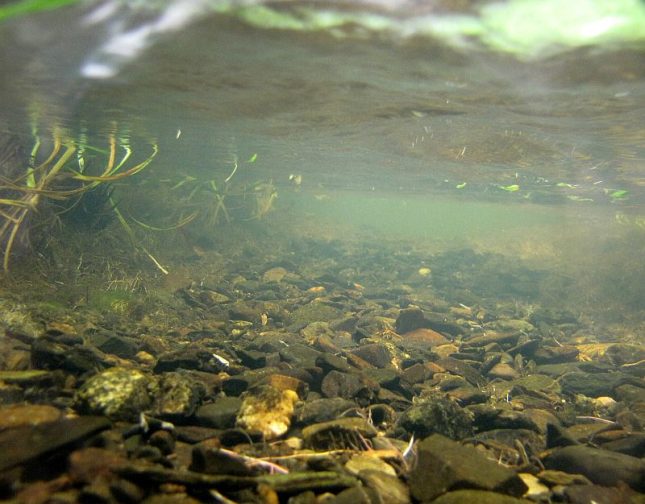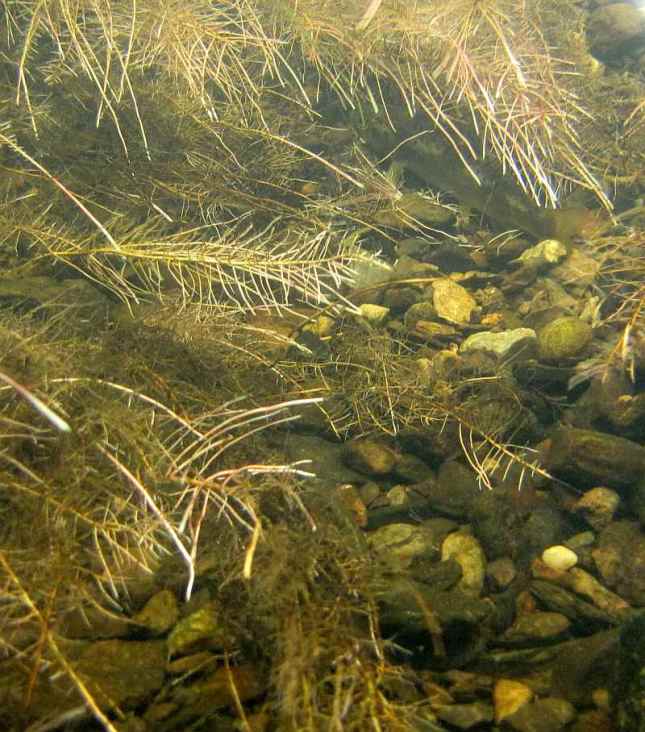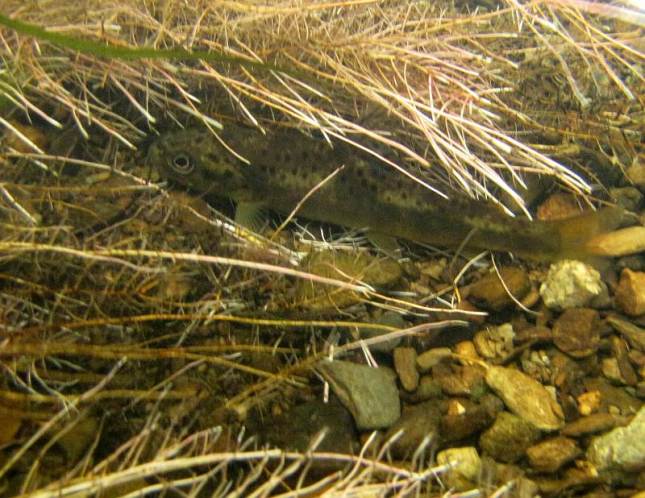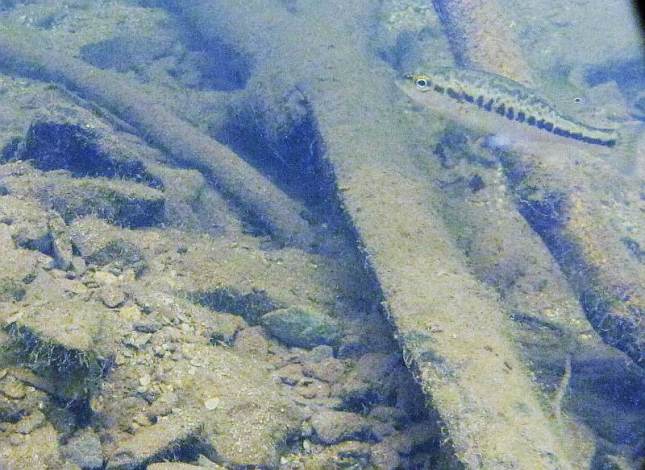Native Plant Garden at the Creekhouse
This posting is an update of our slow but steady efforts to create a native plant ornamental garden around the Creekhouse. During our inventories of wild-growing plants, we keep coming across native beauties that are well worth being cultivated as ornamentals. Furthermore, books like “Bringing Nature Home” make a very convincing point about the potential of ornamental gardens for supporting native biodiversity and overall ecological well-being of a region.
We’ll start at the beginning, pretty much a year ago, when Harlemville landscaper Ruth Dufault led a series of gardening workshops at the Creekhouse.
We began with an inventory of the plants that had established themselves around the Creekhouse and along the roadside in what was to become our “roadside garden”. We found that introduced grasses and common pasture weeds, such as Chickory and Wild Carrot, dominated the scene.
However, native beauties, such as this Beardtongue were also present, together with Common Milkweed, Asters, and Goldenrods.
We flagged the native plants we wanted to save, and then proceeded, with the help of many wonderful volunteers, to cover the unwanted plants with cardboard and newspaper.
The newspaper was covered with mulch and we had a “clean slate” to begin designing the roadside garden.
We began cautious planting with some potted plants from Project Native and with donated transplants from other gardens. The roadside garden was shaped to contain some areas with deeper, richer soil, where topsoil (from a construction site here on the farm) and compost (from the farm) were worked into the soil to allow moisture-loving plants, such as Joe-Pye-Weed and Swamp Milkweed, to thrive. Other areas of this bed were pretty much left with their original, very clayey soil and begun to be planted with drought-resistant native plants, such as Sweetfern and Butterfly Weed. All unplanted areas in the bed were initially covered with a generous layer of wood chip mulch. As the plants grow and new plants get added, the unplanted areas will decrease and we hope to eventually not need any more wood chips to keep moisture in the soil and to avoid excessive weed growth.
Last fall, we also got busy collecting seeds from wild plants that we thought might do well in our garden. Right here on Hawthorne Valley Farm, we found seeds of Blue Vervain, Swamp Milkweed, Seedbox, Monkeyflower, Beardtongue, Turtlehead, Yellow Avens, Cardinalflower, and a variety of sedges.

On Michaelmas workday, a crew of eager students helped us plant the first seeds into little pots so that they could overwinter outside, experience the wintery temperatures, and be ready to germinate in spring. Most of the seeds germinated beautifully with no special treatment, while we had no luck with any seeds from the aster family, including Joe-Pye-Weed, Boneset, or any of the Asters… I had been told that they need a few months of moist cold (think sitting in moist soil in a plastic bag in the fridge) before they can germinate, but didn’t heed that advise…
The last preparation last year was the digging of our future rain garden next to the parking lot and the removal of a big Multiflora Rose right at its edge. The Hawthorne Valley gardener Nate and his big machine made this effort look like child’s work…
This spring, Nate and his big machine helped us fill the hole with topsoil and compost and then we did one big spring planting with potted plants from Project Native, just to get the garden started. Again, we covered all unplanted areas with wood chips. Some of the mulch was promptly washed downhill by the first downpour, so now we have a bare intermittent creek bed traversing the rain garden.
Little by little, we then incorporated the seedlings we had raised from collected seeds as they became big enough for transplanting.
By June, the rain garden began resembling an ornamental garden bed…
The tremendous downpours of June were a good test for the rain garden and everybody (except for the mulch in the lowest parts) held up beautifully, even the Monkeyflowers we had planted smack in the center of the intermittent creek bed that transports runoff from the parking lot into the pasture. In fact, the cool and rainy spring helped all our transplants through the first difficult period. Not one was lost and the deer haven’t found them yet, either… Shhhhh!
The larger, purchased Turtlehead plants are surrounded by Turtlehead seedlings we grew from seeds collected last fall. The hope is, to eventually create large clusters of each species and to significantly reduce the amount of mulch needed.
We did not purchase plants of each kind we eventually want to establish in the garden. For example, these are seedlings of Cardinalflower…
and Blue Vervain…
… which we grew from seeds and will hopefully come into their own next year!
The rain garden now is a mix of shrubs, perennials, grasses, sedges, and ferns.
The roadside garden is beginning to fill in nicely with its mix of saved, already established plants (such as the Common Milkweed on the right), purchased potted plants (such as the Joe-Pye-Weed on the left), and donated transplants from friend’s gardens (such as the Turk’s Cap Lily in the front).
With the help of our tireless summer interns, we transplanted most of the saved Beardtongue into a neighboring, cleared area and then smothered the patch where they had been growing with newspaper and mulch. In spite of their being transplanted right before flowering season, they went right ahead and provided us with a wonderful display of flowers, anyway.
Ruth made sure to include some detailed stone work in the design, such as this…
or this…
and we tried to arrange the plant species for a pleasing combinations of color as well as texture and growth form.
Right now, we spend most of our garden time weeding and watering and hoping for the little seedlings to grow strong and fill in even more – and for the deer never to discover them…
Please feel free to stop by the Creekhouse any time to have a peek at how the roadside and rain gardens are evolving. None of the plants grown from seeds planted last fall are going to flower this year, but next year, we hope to showcase some of the uncommon native plants in their full glory.
This is just a beginning, there are large areas around the house that we have not even begun to transform, but this slow and steady approach should lead to a garden design that is appropriate for the place and our availability for maintenance.
This blog would not be complete without a big THANK YOU to Ruth Dufault (Bittersweet Gardens) and Judy Sullivan (Project Native) who helped conceptualize the Creekhouse Garden, to all the willing helping hands of landscapers, gardeners, volunteers and interns who did the groundwork, and to those who shared seeds or plants from their own gardens. I am looking forward to continue to work with all of you on the transformation of the weedy Creekhouse yard into an aesthetically pleasing and ecologically valuable native plant garden!




